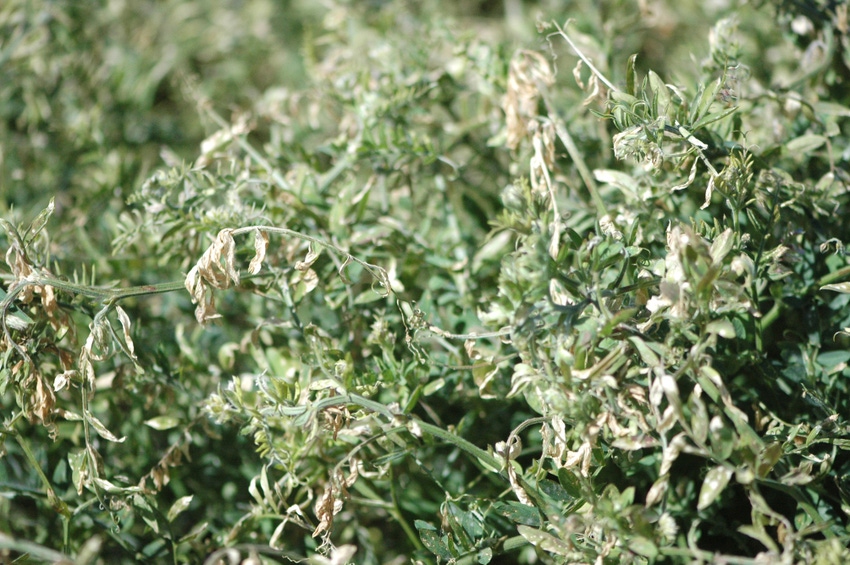July 5, 2016

After eight years of research on no-till advantages and disadvantages with cotton crops, Dr. Paul DeLaune is convinced it’s not as much about the tillage as it is about the cover crop and/or rotation.
DeLaune, a Texas A&M AgriLife Research environmental soil scientist in Vernon, said he has compared no-till, strip till and conventional till, as well as cotton with a terminated wheat crop in the Rolling Plains.
“What we’ve seen over eight years is you are really not changing carbon levels,” he said. “But we shouldn’t be looking at one thing only. Even though carbon levels aren’t changing, we’ve dramatically changed some soil physical properties.”
With cotton, DeLaune said there’s not much residue, so there is little change in infiltration rates between no-till and conventional till cotton.
“But we have seen a greater infiltration rate where we have a terminated wheat crop – doubled or tripled our infiltration rates,” he said.
While the U.S. Department of Agriculture Natural Resources Conservation Service program sometimes requires a multispecies cover crop to qualify for cost share programs, depending on the county, DeLaune has been experimenting with both single and mixed cover crops since 2011.
COVER CROP OPTIONS
The monocultures he’s researched include Austrian winter field pea, hairy vetch, crimson clover and wheat, and the mixed species included rye, wheat, hairy vetch, turnips and radishes. Cover crops are planted at lower than full seeding rates, which may differ from information seen in other parts of the country, he said.
DeLaune said everyone knows cover crops aren’t free: Consider the cost for the seed and use of soil moisture. But benefits can outweigh the costs over time.
“We have maintained our cotton yields. We have seen an increase in our soil nitrogen in the upper 6 inches, particularly following legume monospecies. We have seen a visible response to cotton behind those cover crops.”
For the latest on southwest agriculture, please check out Southwest Farm Press Daily and receive the latest news right to your inbox.
He says his team measures neutron probes in all of the cover crop research plots every other week and he has compiled four years of moisture graphs.
“Yes cover crops use water,” DeLaune says. “But some people say cover crops make water. What they are talking about is increased infiltration. We pull soil moisture down by timing of cover crop termination in mid to late April, but if we get rains in May and plant in June, we get a much higher infiltration rate and by planting season, we are back to status quo.”
He likes to let the wheat form a head and stem before terminating it, which may use a little more water, but that makes the residue, and that is the key to protecting the soil surface, building root biomass and improved infiltration.
The ultimate goal with cover crops is to build soil structure and make it more functional, he says.
“With cotton on cotton, no-till alone is probably not going to cut it,” DeLaune says. “But we’ve done very well with just a wheat cover crop; that’s a $6 or $8 treatment per acre compared to the $20 to $25 per acre with a mix of some of these species.”
But cover crops alone are not the answer.
“If you are doing continuous cotton, some type of cover crop would be good, but I would encourage a crop rotation,” DeLaune says. “I have data that show a cotton-sorghum rotation can increase carbon more rapidly, increasing carbon levels in four years under the rotation, whereas we haven’t in eight years with cotton on cotton.”
You May Also Like




